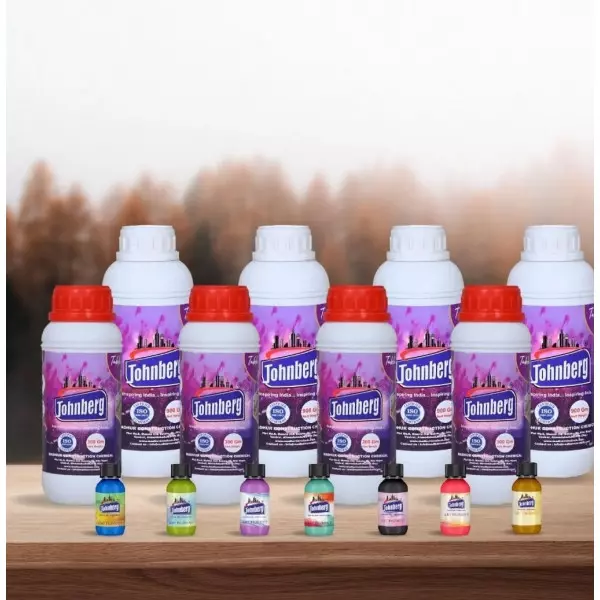Crystal Clear Epoxy Manufacturers In Thane
Details of Crystal Clear Epoxy
"Crystal clear epoxy" typically refers to a type of epoxy resin that cures to a transparent, glass-like finish, making it ideal for artistic, decorative, and protective applications. Here's a breakdown of its properties, uses, and application tips:
What is Crystal Clear Epoxy?
Crystal clear epoxy is a two-part resin system:
Part A: Resin
Part B: Hardener (or curing agent)
When mixed properly, the two parts undergo a chemical reaction, turning the liquid mixture into a hard, durable plastic with a transparent finish.
Key Features
Property Description
Clarity Highly transparent, often water-clear, with minimal yellowing
Durability Scratch-resistant, impact-resistant, and strong
UV Resistance Some formulations are UV stabilized to prevent yellowing over time
Self-Leveling Spreads evenly across surfaces for smooth finishes
Low VOC Many are low odor and safe for indoor use (always check specs)
Gloss Finish Cures to a high-gloss, glass-like surface
Work Time Typically 20–60 minutes (varies by brand and temperature)
Cure Time Touch-dry in 6–12 hours; full cure in 24–72 hours
Common Uses
Art & Crafts
Resin art, geode art, coasters, jewelry, etc.
Woodworking
River tables, bar tops, countertop coatings
Casting
Embedding objects, creating molds or 3D sculptures
Flooring
Clear epoxy floor coatings for industrial or decorative us
Mixing & Application Tips
Step Instructions
1. Measure accurately by volume or weight (typically 1:1 or 2:1 ratio)
2. Mix thoroughly (usually 3–5 minutes) to avoid cloudy spots or soft cures
3. Pour slowly to reduce bubbles
4. Use a torch or heat gun to pop surface bubbles after pouring
5. Work in a dust-free, temperature-controlled area
6. Allow sufficient curing time, undisturbed

